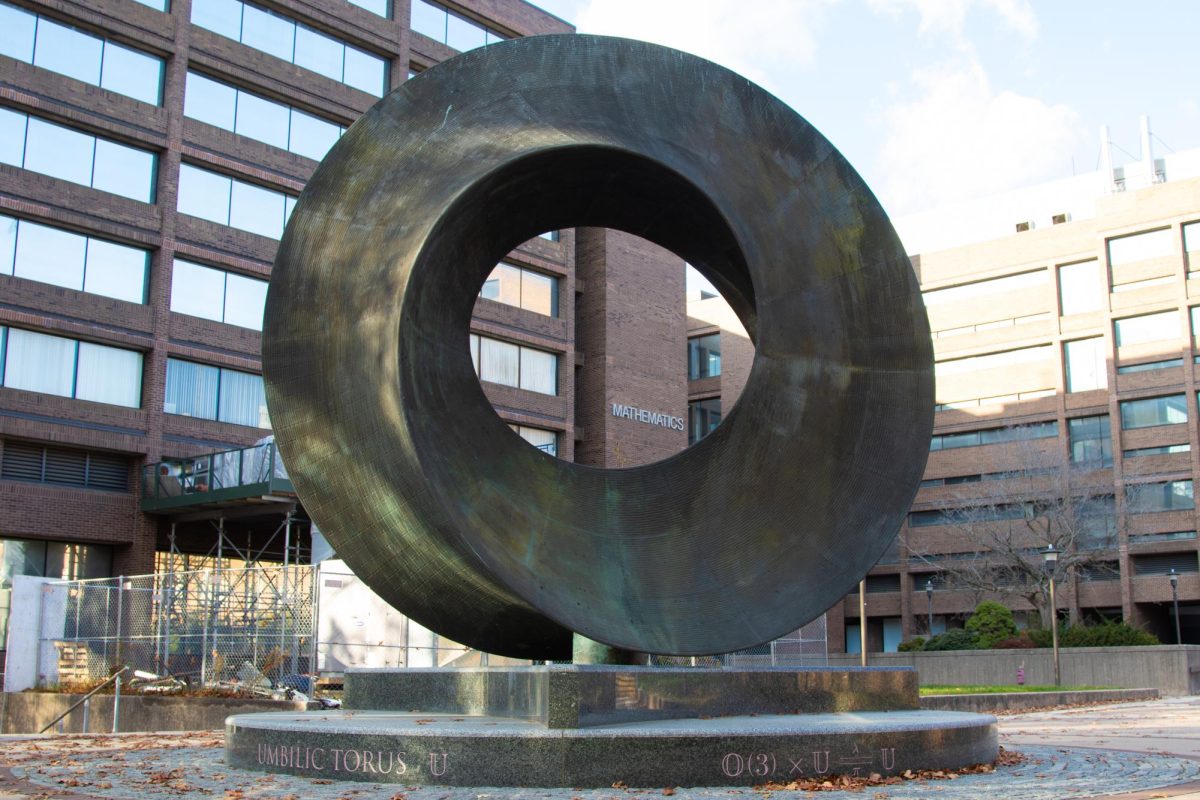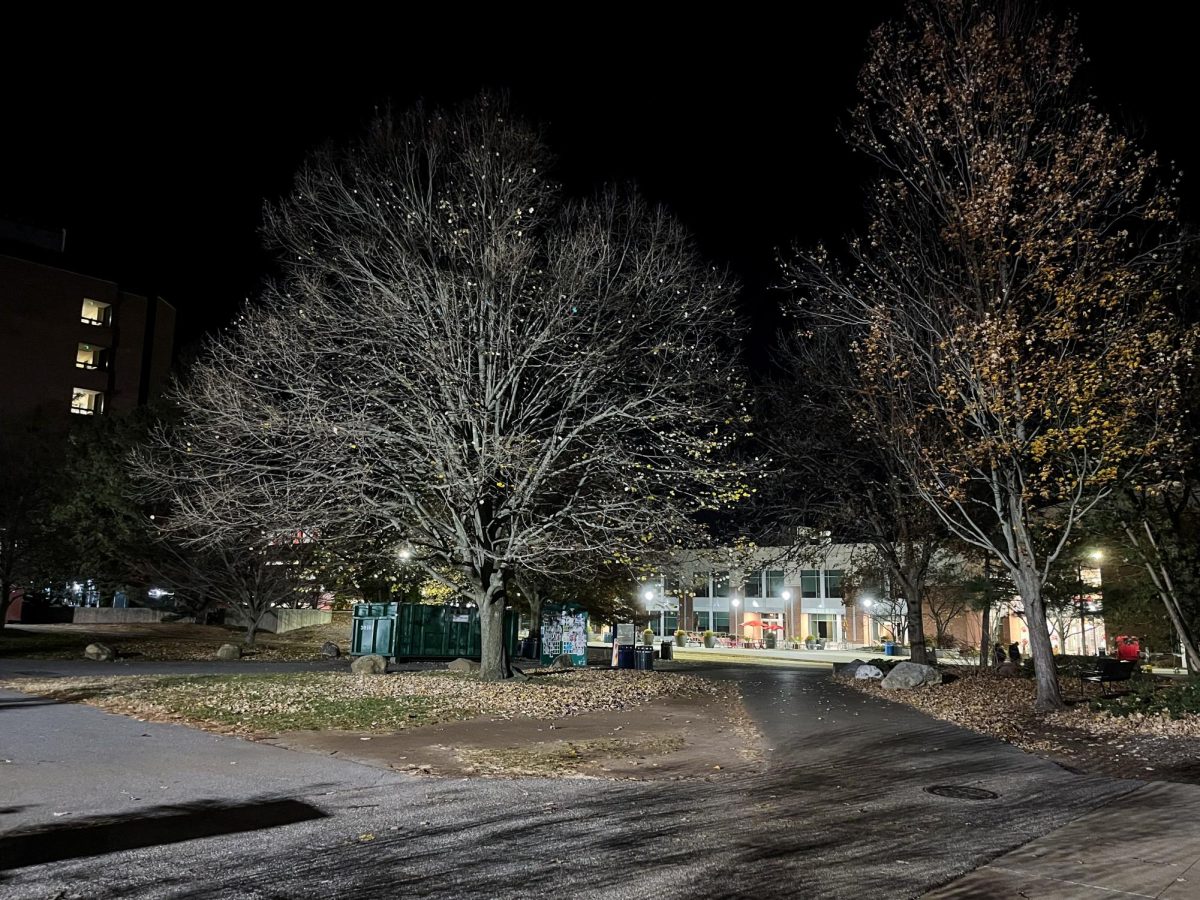
For the past 20 years, Brookhaven National Laboratory (BNL) has been developing new tools for understanding and predicting the impacts of climate change.
Stony Brook University manages BNL and has been listed as the single largest user of the laboratory’s facilities, according to the Office of Brookhaven National Laboratory Affairs.
This year has been recorded as one of the warmest years ever, with the September 2023 ranking as the warmest one in 174 years by the National Oceanic and Atmospheric Administration.
The National Centers for Environmental Information also reports abnormally intense dry conditions and floods across the United States.
Dr. Michael P. Jensen, a meteorologist and member of BNL’s Environmental and Climate Sciences Department, spoke to The Statesman regarding the different ways in which this department has furthered climate change research.
“Most of this research in our department is focused on three different research areas: one, atmospheric aerosols, two, clouds and three, terrestrial ecosystems,” Jensen said.
Studying the life cycles of tiny particles known as aerosols — which can be natural or man-made — and their characteristics offer important insights into radiation levels in the atmosphere.
“These play an important role in climate [research] through their interactions with radiation, such as sunlight and terrestrial radiation, and as cloud condensation nuclei and the subsequent changes in cloud formation,” Jensen said.
Second, the studies of cloud formation, precipitation from cloud droplets and turbulence helps scientists model how weather and precipitation will be impacted by climate change.
Alexandria Marhone, a junior atmospheric sciences major, spoke about the general importance of understanding the role clouds play in our climate.
“An important characteristic of clouds is their reflectivity,” Marhone said. “They reflect incoming sun radiation which is good for maintaining the average global heat or energy budget.”
Interaction between aerosols and clouds has also been shown to impact the strength of thunderstorms. According to the Environmental Protection Agency, climate change will increase the intensity of storms across the United States.
Jensen, who is also a group leader of the Cloud Processes Group, described the research methods used to understand cloud processes such as droplets and ice formation. These include computer modeling, field measurements from the surface, aircrafts and satellites and laboratory measurements.
“Modeling clouds in climate models is very beneficial since aerosols in the clouds and water vapor amounts can determine anticipated precipitation, severe weather events, strength and frequency and more,” Marhone said.
BNL also aims to improve research on terrestrial ecosystems and how they interact with the Earth’s atmosphere, as well as the ability to predict future climate states as climate change progresses.
“They particularly focus on ecosystems that are poorly understood, sensitive to global change and not well-represented models. Current research focuses on the Arctic and the Tropics,” Jensen said.
The Natural Resources Defense Council reports that the Arctic will be the most heavily affected ecosystem as its food webs, sea ice and water levels will all drastically change as climate change increases.
Students saw the benefits of research on ecosystems as it relates to climate change.
“I think research on these types of places like the Arctic can really help people understand how climate change will impact everything,” Raj Patel, a sophomore biology major, said.
Stony Brook has also contributed to research on climate change, mainly by being a partner of the New York Climate Exchange which is working to build a sustainable, carbon-neutral campus on Governors Island.
The Environmental and Climate Sciences Department is not the only facility of BNL which has been working on ways to understand climate change.
“With and within other departments at the laboratory, there is other climate relevant work aimed at bioenergy crops, renewable energy solutions, energy storage and power grid resiliency,” Jensen said.
BNL and Stony Brook will continue to develop leading research for predicting and adapting to climate change.


















